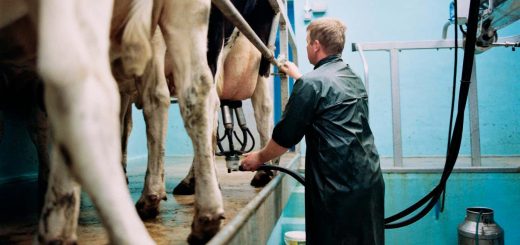World’s thinnest spaghetti won’t please gourmands but may heal wounds
Spaghetti strands that are 200 times thinner than a human hair could be woven into bandages to help prevent infections
By Matthew Sparkes
21 November 2024
The pasta nanofibres
Beatrice Britton/Adam Clancy
Scientists have produced the world’s thinnest spaghetti strands, 200 times slimmer than a human hair. These would challenge even the speediest chef, overcooking in a fraction of a second, but they could have applications in medicine and industry.
Adam Clancy at University College London and his colleagues created a mixture of flour and formic acid, a common food preservative. They used electrical forces to push this mixture through a hollow needle, which ejected nanofibres just 372 nanometres in diameter – too small to see with the naked eye.
Read more
Your ultimate guide to ultra-processed food – how bad is it really?
Advertisement
Such slender fibres have been produced from starch extracted from plants before, but Clancy says that process is environmentally harmful. “It’s just: soak in corrosive materials, dissolve it away in water, rinse it, throw it in the river,” he says.
The individual strands can be spun into a pasta net Beatrice Britton/Adam Clancy
But with a flour mixture that doesn’t happen – you just grind grains to create flour and mix it with formic acid, he says.


